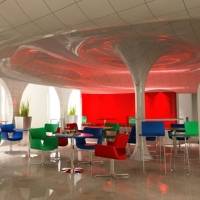 To design a great workplace you need to have an intimate understanding of the culture of the organisation. Culture is a result of the values of the organisation; the way people live those values and the relationships that they hold internally and externally with their marketplace and customers. The look and feel of the organisation needs to reflect the culture, just as a brand of a company reflects the product or service they provide. A good HR department will be able to distil the company culture and FM can bring it to life. We can all name examples of superb HR departments that actively engage with FM on workplace design. However, they are more the exception than the rule. If workplace design is really going to contribute to an increase in business performance then HR and FM need to work together to engage and integrate both the hard (FM) and soft (HR) services of the organisation.
To design a great workplace you need to have an intimate understanding of the culture of the organisation. Culture is a result of the values of the organisation; the way people live those values and the relationships that they hold internally and externally with their marketplace and customers. The look and feel of the organisation needs to reflect the culture, just as a brand of a company reflects the product or service they provide. A good HR department will be able to distil the company culture and FM can bring it to life. We can all name examples of superb HR departments that actively engage with FM on workplace design. However, they are more the exception than the rule. If workplace design is really going to contribute to an increase in business performance then HR and FM need to work together to engage and integrate both the hard (FM) and soft (HR) services of the organisation.
There are some interesting commonalities between HR and FM. It is a bit ironic that just as these two departments are considered as the ‘go-to’ problem fixers, they are frequently relegated to the business support services function rather than as the driver and enabler of the business. So if a bulb needs changing or someone needs hiring then they are called – too often reactive and not proactive.
Equally, no prizes for guessing that HR and FM are often left off the top table discussions. Boardroom decisions about business strategy, growth or downsizing, relocation or restructuring are taken behind closed doors and the process is usually well underway before HR and FM are involved. At least this is typical of our experience.
What’s interesting to note is that other support services departments, such as Marketing and IT, have made the transition to the top table. Marketing because of their link to sales and being seen as the guardian and promoter of the brand, which holds business value. IT because we live in a technological age and technology is vital to business growth. Of course, there’s also Finance but as they control the purse strings, they’re always involved. HR and FM need to be able to prove that great workplace design can have a real impact on the future growth and success of the business.
If we break down some of the elements of great workplace design, we can see the need for convergence and collaboration of FM and HR.
Measuring employee productivity is the hot topic at the moment. Can a workplace help unlock the discretionary effort of employees? With the UK lagging behind in the worldwide productivity index (Source: ONS. International Comparisons of Productivity – 2012. Published 2014), this is something that organisations battle with. Employee engagement is seen as the key. Get employees on-board to buy into the vision and mission of the organisation, and have clarity about their role in the success of the company, and productivity increases. Or so the argument goes. HR departments should know the levels of employee engagement in the organisation and what the inhibitors are to improved productivity. FM is vital to removing some of those blocks.
Creativity and innovation are another two key aspects of business growth. Understanding the roles employees have and how workplace design can foster collaboration are critical aspects of successful design. HR should know about the roles and structure of the organisation as well as future aspirations of the business. FM should understand the spaces and resources that need to be provided and be aware of new workplace trends.
Improved recruitment and increased retention is another business outcome. Employees who are proud of where they work, know that they have the tools and resources at their disposal to effectively do their job, are better advocates for their organisation. A great workplace environment means people want to work there and they will stay longer.
So, the question is why on earth does HR not have more of a role in workplace design? FM can be the facilitators of a great relationship and by working together; these two departments should be the lead on any project concerning reorganising, restructuring or relocating the workplace. By combining their insight and information, a better outcome and return on investment can be guaranteed, providing the argument to be given places at the top table, together.
___________________________________________
 Steve Brewer is a partner at workplace design consultancy Burtt Jones & Brewer
Steve Brewer is a partner at workplace design consultancy Burtt Jones & Brewer


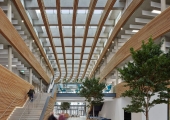
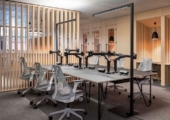
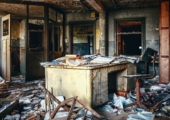






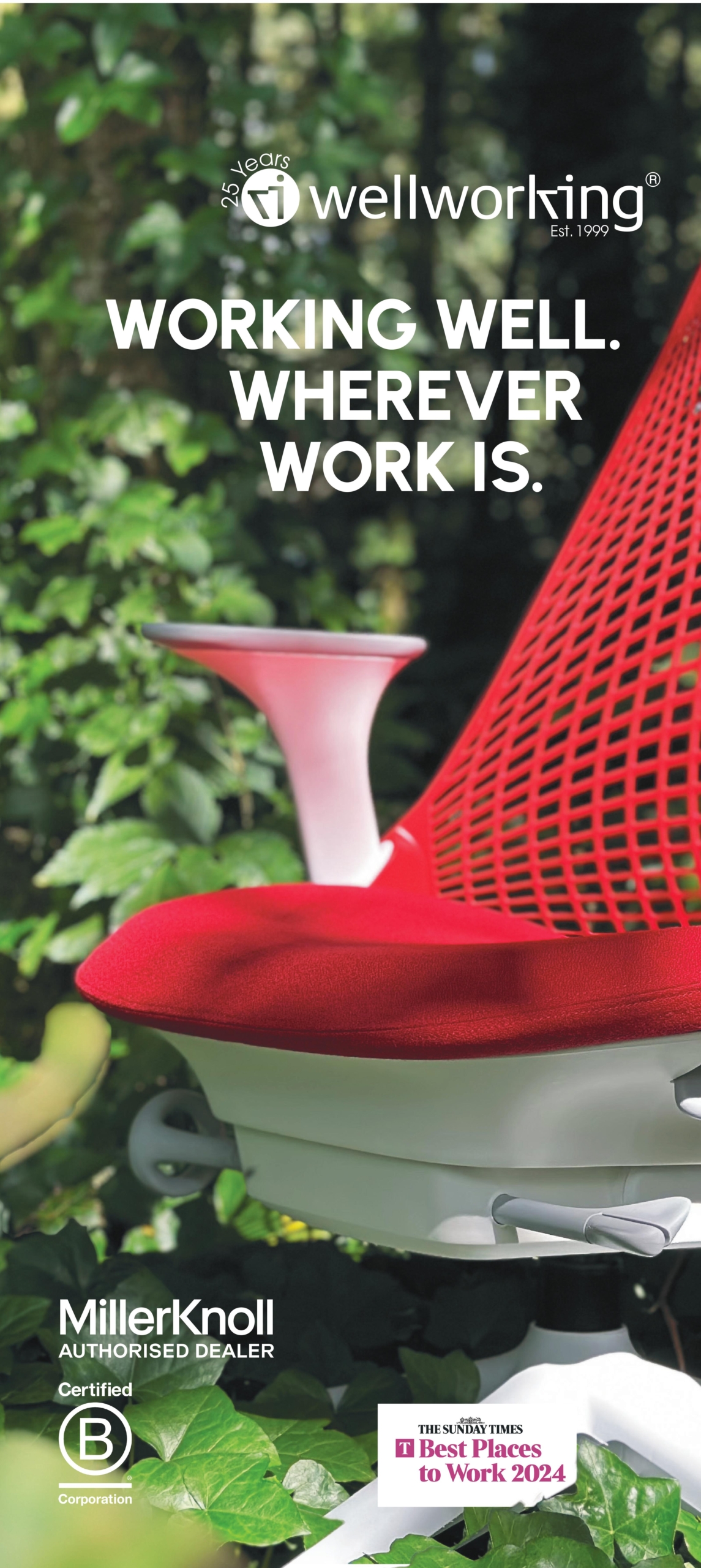

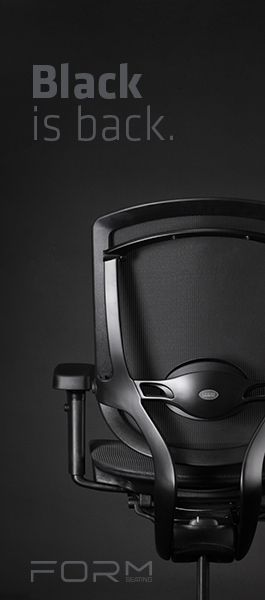
December 4, 2014
Why doesn’t the HR dept have more of a role in workplace design?
by Steve Brewer • Comment, Facilities management, Workplace, Workplace design
There are some interesting commonalities between HR and FM. It is a bit ironic that just as these two departments are considered as the ‘go-to’ problem fixers, they are frequently relegated to the business support services function rather than as the driver and enabler of the business. So if a bulb needs changing or someone needs hiring then they are called – too often reactive and not proactive.
Equally, no prizes for guessing that HR and FM are often left off the top table discussions. Boardroom decisions about business strategy, growth or downsizing, relocation or restructuring are taken behind closed doors and the process is usually well underway before HR and FM are involved. At least this is typical of our experience.
What’s interesting to note is that other support services departments, such as Marketing and IT, have made the transition to the top table. Marketing because of their link to sales and being seen as the guardian and promoter of the brand, which holds business value. IT because we live in a technological age and technology is vital to business growth. Of course, there’s also Finance but as they control the purse strings, they’re always involved. HR and FM need to be able to prove that great workplace design can have a real impact on the future growth and success of the business.
If we break down some of the elements of great workplace design, we can see the need for convergence and collaboration of FM and HR.
Measuring employee productivity is the hot topic at the moment. Can a workplace help unlock the discretionary effort of employees? With the UK lagging behind in the worldwide productivity index (Source: ONS. International Comparisons of Productivity – 2012. Published 2014), this is something that organisations battle with. Employee engagement is seen as the key. Get employees on-board to buy into the vision and mission of the organisation, and have clarity about their role in the success of the company, and productivity increases. Or so the argument goes. HR departments should know the levels of employee engagement in the organisation and what the inhibitors are to improved productivity. FM is vital to removing some of those blocks.
Creativity and innovation are another two key aspects of business growth. Understanding the roles employees have and how workplace design can foster collaboration are critical aspects of successful design. HR should know about the roles and structure of the organisation as well as future aspirations of the business. FM should understand the spaces and resources that need to be provided and be aware of new workplace trends.
Improved recruitment and increased retention is another business outcome. Employees who are proud of where they work, know that they have the tools and resources at their disposal to effectively do their job, are better advocates for their organisation. A great workplace environment means people want to work there and they will stay longer.
So, the question is why on earth does HR not have more of a role in workplace design? FM can be the facilitators of a great relationship and by working together; these two departments should be the lead on any project concerning reorganising, restructuring or relocating the workplace. By combining their insight and information, a better outcome and return on investment can be guaranteed, providing the argument to be given places at the top table, together.
___________________________________________